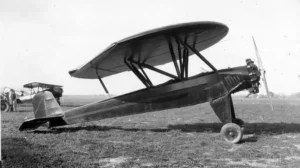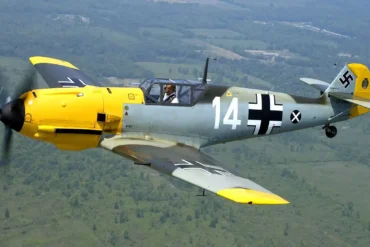You know how planes work, right? Engines push, wings lift, and off they go! This basic idea has been around for over a hundred years, powering everything from little Cessnas to fancy F-22 jets. But here’s the thing: some folks just can’t resist tinkering. They think, “Hey, maybe we can make this even better!” One such dreamer was Steven Paul Nemeth, a flight instructor from Chicago with a wild idea.
Nemeth had this vision of making flying as common as driving. He wanted to create a small plane that could fit in your garage (well, a big garage) and take off from your driveway. But here’s the tricky part: how do you land a plane in such a tight spot? Nemeth’s solution? A wing that works like a parachute!
Now, this wasn’t just a crazy idea on paper. Nemeth actually built it! After some wind tunnel tests at the University of Michigan in 1929, he teamed up with some students from the University of Miami to bring his dream to life in 1934. They called it the Nemeth Parasol, but folks nicknamed it the “Roundwing.” They started with an Alliance Argo two-seat biplane fuselage and slapped Nemeth’s special wing on top, held up by a bunch of struts like a high-wing monoplane.
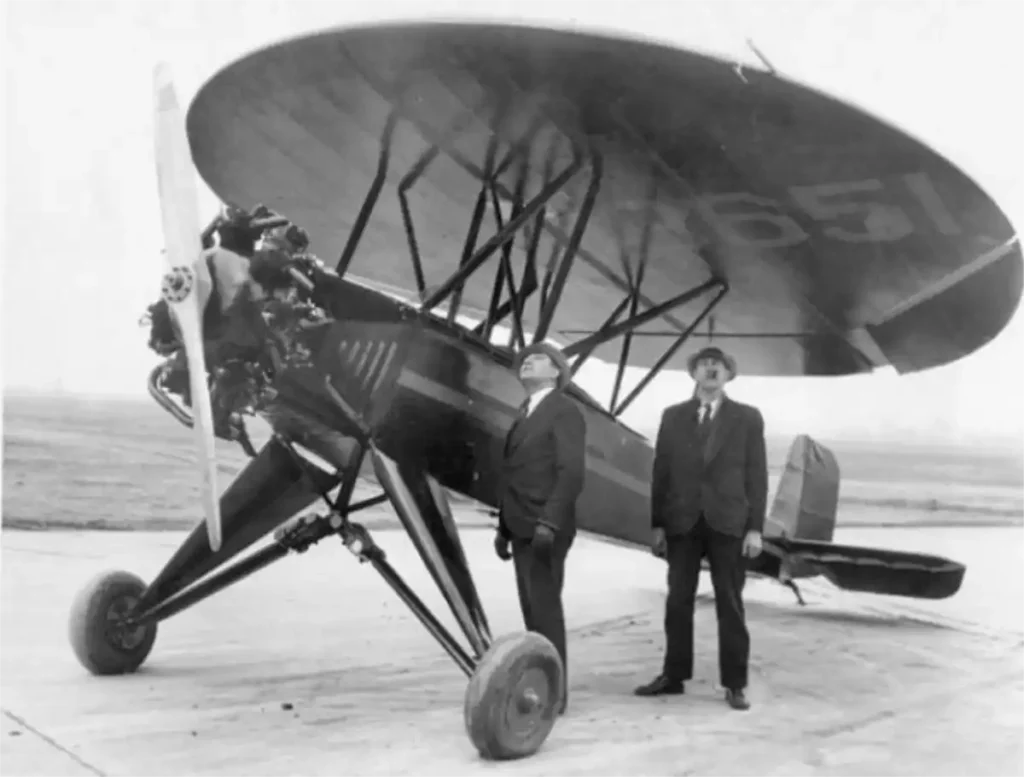
Let’s talk specs: this funky wing was fifteen feet (4.57m) in diameter. The whole back edge was divided into three big flaps, with the outer ones doubling as ailerons for turning. The rest of the plane was pretty normal, with a tail-dragger setup (that means the back wheel is under the tail). Now, there’s some confusion about the engine. At first, they used a Lambert radial engine, but later switched to a 110hp Warner Scarab 7-cylinder radial. We’re not sure why they didn’t stick with the Hess Warrior engines from the original Argo, but hey, that’s what the old newspapers tell us.
Anyway, this odd bird could supposedly hit 135mph (217km/h), which is pretty impressive! It flew well, and Nemeth even purposely stalled it to see if the disc wing would act like a parachute. Guess what? It worked! With the engine off, the wing steadied the plane and it floated down almost straight down for a soft landing.
Nemeth got a bit carried away with the marketing, calling his plane “stall-proof” and “fool-proof.” He even claimed you could learn to fly it in just half an hour! While that might be stretching the truth, the Parasol’s short takeoff and landing (STOL) abilities were no joke. Reports say it could take off in just 63 feet (19 meters) and land in an unbelievable 25 feet using that “parachute-stall” trick. No wonder magazines like Modern Mechanix and Popular Science were all over this story!
After the successful test flights, Nemeth wasn’t done tinkering. He redesigned the plane with new flaps hanging under the wing, probably to make it even better at slow speeds. He also upgraded to a more powerful 120hp engine with a fancy Townend ring to make it more aerodynamic.
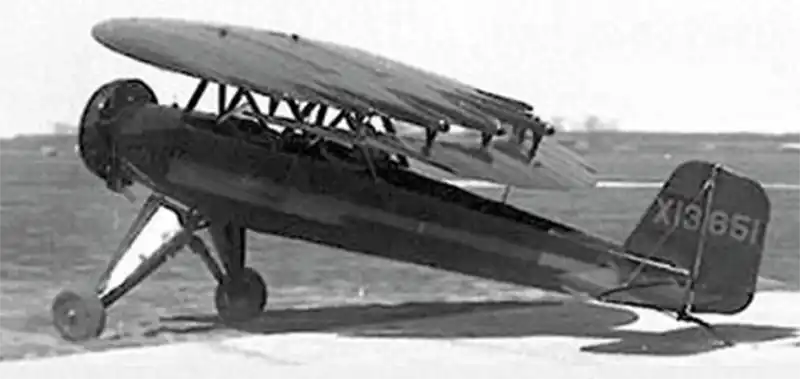
Despite all this excitement and a couple years of testing, the Nemeth Parasol kind of… disappeared. We don’t know if they took it apart or turned it back into a regular Argo. It’s a shame, really. This wild experiment with a new wing design and the dream of making flying accessible to everyone just vanished. There’s not much info left about this plane, but wouldn’t it be cool if some university decided to build a new one and see what it can do?
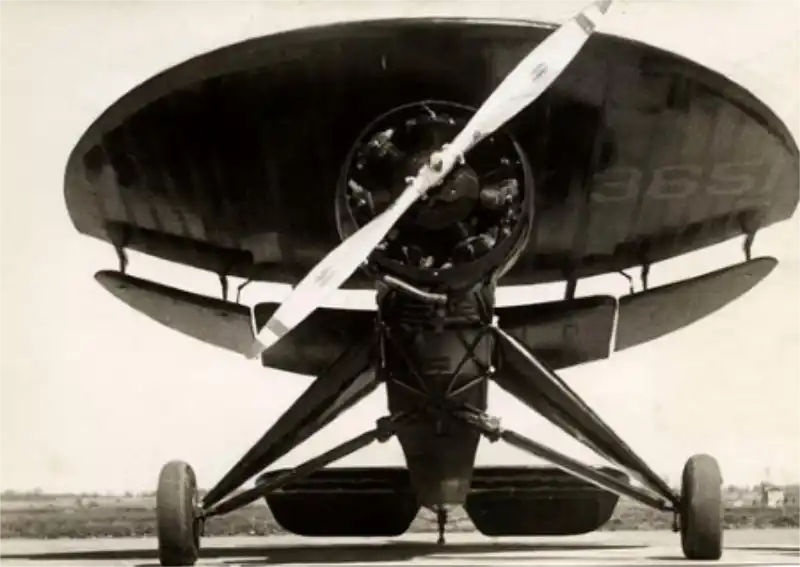
To wrap things up, let’s recap: The Nemeth Parasol was a one-of-a-kind prototype that first flew in 1934. Steven Nemeth from Dayton, Ohio, dreamed it up as a plane you could park in a big garage and fly with ease. After some tests at the University of Michigan in 1929, he worked with Miami University students in 1934 to build the wing. They used an Alliance A-1 Argo two-seat biplane as the base and added Nemeth’s special “roundwing” on top. The 15-foot (4.6m) wing, complete with flaps and ailerons, helped the plane hit 135mph (217km/h) and take off in just 63 feet (19 meters). They even tested stalling, shutting off the engine mid-flight, and using the wing as a parachute to land in a tiny 25-foot space! They swapped out the original 90hp Lambert engine for a beefier 120hp Warner Scarab. Despite two years of testing, Nemeth couldn’t drum up enough interest to keep the project going. It’s a fascinating piece of aviation history that deserves to be remembered!
